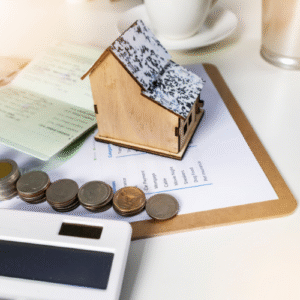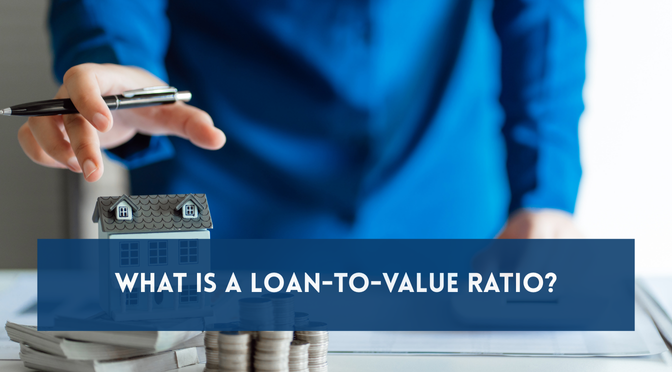Understanding Loan-to-Value Ratio
When you start looking into home loans, you may come across the term Loan-to-Value Ratio, or LVR. LVR is a percentage that shows how much of the property’s value you are borrowing compared to how much you are contributing as a deposit. For example, if a property is worth $500,000 and your loan is $400,000, your LVR is 80%.
Lenders use LVR to measure risk. A lower LVR means you have contributed more of your own money, which reduces the lender’s risk. A higher LVR suggests you are borrowing more, which may come with extra costs or conditions.
Why LVR Matters to Lenders

Banks and lenders pay close attention to LVR because it tells them how much equity you have in the property. The more equity you have, the safer it is for the lender to approve your loan. That is why borrowers with lower LVRs often have access to better interest rates and loan products.
On the other hand, if your LVR is high, the lender may see your loan as riskier. This could mean stricter lending conditions, higher interest rates, or the need for additional insurance.
How to Calculate LVR
Calculating LVR is simple. Take the loan amount, divide it by the property’s value, and then multiply by 100 to get the percentage. For instance, a $350,000 loan on a $500,000 property results in an LVR of 70%.
Knowing how to calculate LVR helps you plan your deposit and borrowing power. It also allows you to estimate whether you will need to pay for Lenders Mortgage Insurance, which usually applies when your LVR is above 80%.
The Importance of a Low LVR
A lower LVR gives you more financial flexibility. It means you have borrowed less compared to the property’s value, so you are less exposed to market fluctuations. If property prices fall, having a low LVR helps you avoid situations like negative equity, where your loan is higher than your property’s value.
Additionally, lenders often reward borrowers with low LVRs by offering lower interest rates. Over the life of a home loan, even a small difference in interest can save you thousands of dollars.
What Happens with a High LVR
A high LVR, such as 90% or above, means you are borrowing most of the property’s value and contributing only a small deposit. While this can help you enter the property market sooner, it often comes with higher costs.
One of the biggest costs is Lenders Mortgage Insurance, or LMI. This is a fee paid to protect the lender in case you default on the loan. While it does not protect you as the borrower, it is often required when your LVR is high.
Loan-to-Value Ratio and First-Home Buyers
For many first-home buyers, saving a 20% deposit can feel impossible. That is why high LVR loans are common among people entering the property market. Lenders may still approve these loans, but with conditions like LMI or stricter borrowing criteria.
First-home buyer schemes or government grants can sometimes reduce the pressure of needing a large deposit. However, understanding how LVR works will help first-home buyers make smarter choices and plan realistically.
How to Lower Your LVR
The easiest way to lower your LVR is to increase your deposit. The more money you save before applying for a home loan, the lower your LVR will be. Even a few extra thousand dollars can make a difference.
Another way to lower your LVR is to buy a property within your budget. Choosing a home with a lower purchase price reduces the loan amount, which directly lowers your LVR. Being flexible with location or property type can help you reach this goal.
The Risks of Ignoring LVR
Some buyers rush into property purchases without considering their LVR. This can lead to unexpected costs, such as high LMI fees or higher monthly repayments due to increased interest rates. Ignoring LVR can also make it harder to refinance in the future if your property value decreases.
By understanding LVR and planning ahead, you protect yourself from these risks. It allows you to approach lenders with confidence and negotiate from a stronger position.
Why Professional Guidance Matters
Loan-to-Value Ratio may sound simple, but it can have a huge impact on your borrowing capacity and long-term financial health. Every lender has different policies and thresholds, so professional advice can make all the difference.
A finance broker can explain how your LVR affects your options, help you compare loans, and show you strategies to reduce costs. With expert guidance, you can make smarter decisions and avoid costly mistakes.
If you’re planning to buy a home and want to understand how Loan-to-Value Ratio affects your borrowing power, Premium Select Finance is here to help. Our expert team can guide you through the process, explain your options, and help you secure the best home loan for your needs.

